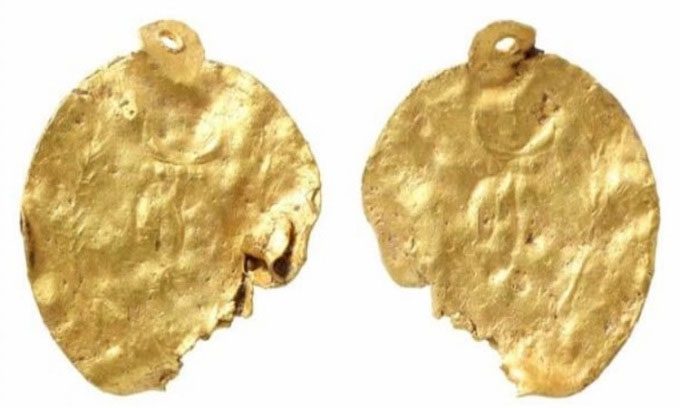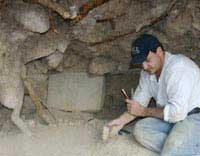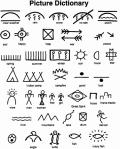The golden earring excavated from a field in Norfolk features several iconic symbols of ancient Rome, such as a laurel wreath and an eagle.

Ancient gold earring excavated from a field in Norfolk. (Photo: BBC)
After many unsuccessful searches, metal detectorist Nick Bateman from Burston, Norfolk, discovered the rare gold earring while scanning a barren field in the northern part of the county on Christmas Eve last year, Ancient Origins reported on December 28.
Initially, Bateman believed the earring was a medieval artifact, but an expert in jewelry confirmed that the piece dates back to the time of the Roman invasion of Britain. Bateman shared that the signal was very weak at first, but when he dug about 7 to 10 cm deep to investigate, he found the gold metal mixed in with the soil. He brushed away the mud and realized it was a pair of earrings.
Consisting of two carefully soldered circular gold pieces, the earring measures 20.5 x 22.1 mm. Upon closer inspection, Adrian Marsden, a numismatist at the Norfolk Historic Environment Service, noticed a small cross beneath the laurel wreath and the eagle. According to him, this is a typical design commonly found on Roman artifacts. The researcher believes that the earring originally had two loops, one to be worn through the ear and another to dangle, allowing the earrings to sway and sparkle in the sunlight.
Roman women often wore, collected, and viewed jewelry as a basic symbol of social status. They typically adorned themselves with necklaces, gemstone-studded bracelets, gold and silver rings, as well as wearing a set of earrings.





















































